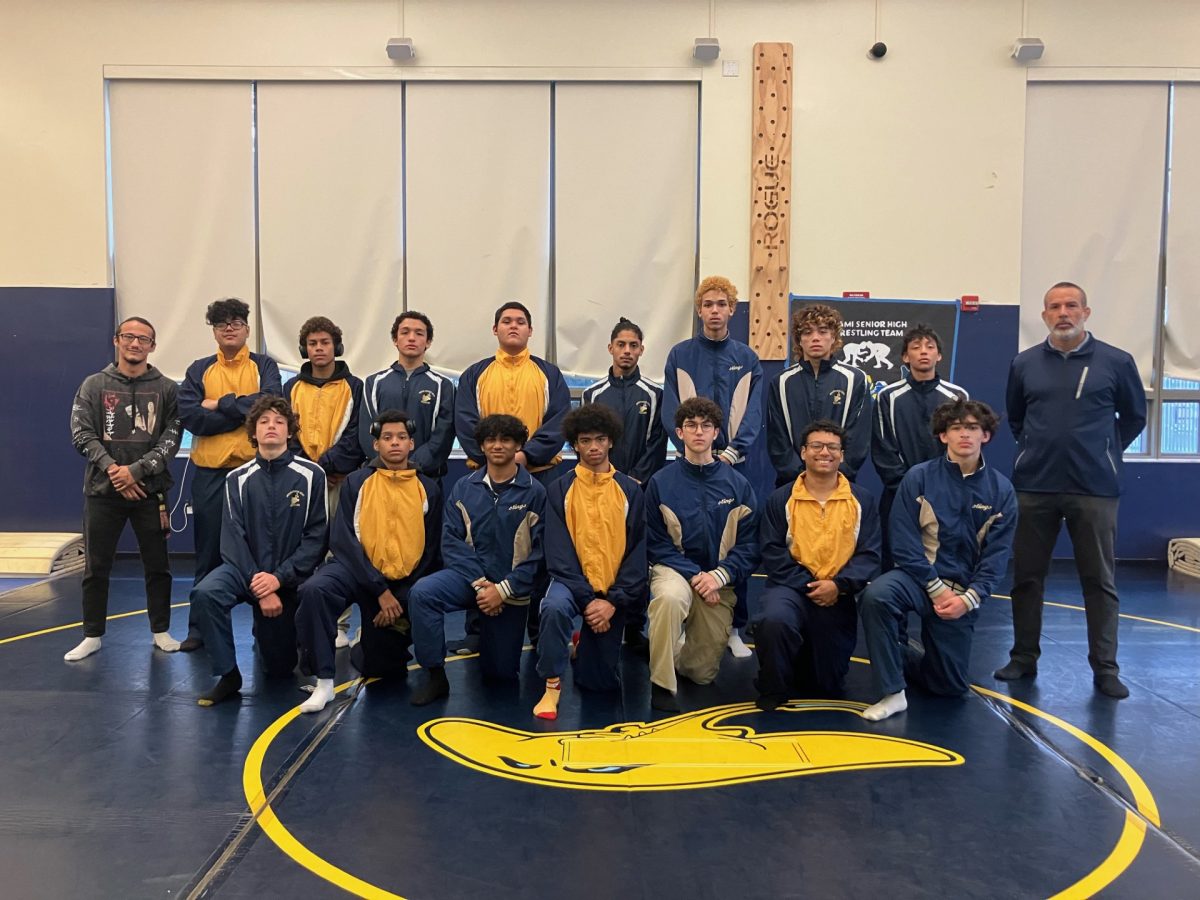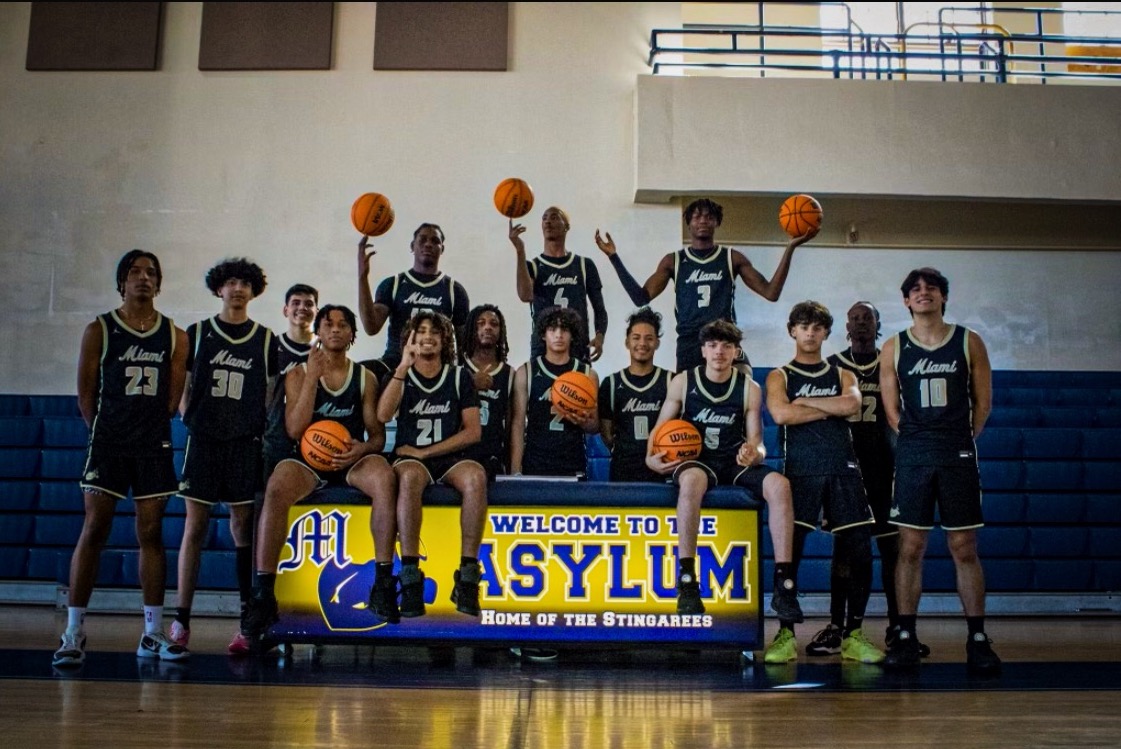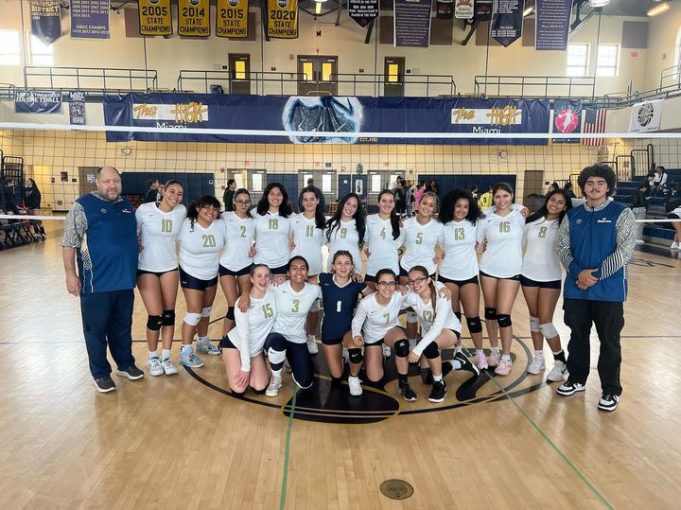Does School Kill Creativity?
May 15, 2018
In a world where public schools are churning out drones for the corporate state, nonconformist, creative individuals have no asylum. Creativity now is as important in education as literacy, but why is it not treated with the same level of importance?
Picasso once said, “All children are born artists. The problem is to remain an artist as we grow up.” We don’t grow into creativity; we grow out of it. Or rather, we get educated out of it. So why is this and how does it happen?
School, the Creativity Killer
In his TED talk titled “How School Kills Creativity” Sir Kenneth Robinson, a British advisor on education, had this to say on the matter: “Our education system has mined our minds in the way that we strip-mine the earth for a particular commodity. And for the future, it won’t serve us. We have to rethink the fundamental principles on which we’re educating our children.”
Many students agree that school does kill creativity, that it doesn’t allow free thought. Manuel Zambrano, a senior, said, “School isn’t a creative environment. School has created a prison of the mind which advocates only for one school of thought.”
Paola Oseguera, a junior, said that school doesn’t allow a deviation from the set information required for test taking, and that creativity is seen as less important than standardized knowledge.
Assistant principal for curriculum Ms. Leal agreed, saying, “Education has focused only on core classes because of testing and other mandates. We need to incorporate creativity, in Miami High. Education puts people under parameters but the people that change the world think outside the box.” Angel Martos, a sophomore, added, “School is not conducive to a creative environment, unless you’re a band kid.”
Is this idea an exaggeration?
This might be an exaggeration. According to Ms. Leal, Miami High does offer a variety of classes that do encourage creativity: AP Studio Art, AP Drawing, Chorus, Band (Symphonic, Jazz, Orchestra), Drama, TV Production, Journalism, and Creative Writing.
If students believe that there is an injustice being done against creativity, then it is probable they experienced a time in their life when their creativity was discouraged during school. Lauren Melendez, a junior, revealed that during middle school art contest, she was disqualified for depicting topics that were seen as unpleasant or taboo.
Cecile Chacon, a junior, said, “I’ve always been a highly inventive person, one that prefers to do things in unconventional manners, but I have never found myself being encouraged by the current school system. No creative program has ever been put on the same level of importance as an academic pursuit. School really kills creativity.”
What defines Creativity?
When asked if they believe they are creative, most students answered “yes”. When asked to define the characteristics that comprise creativity, Kevin Severo, a junior, said, “Creativity is defined by a need to make independent ideas that were simply dreams or thoughts into reality.”
Susan Diaz, a junior, thinks originality defines creativity. “When I describe something as creative, it’s because I’ve never seen anything like it, because I’ve never been able to come up with anything similar to it,” she said.
How can schools encourage creativity? Alba Santana, a junior, said that both conventional educational routes and different creative paths should be placed on the same level of public acceptability and importance.
Others, however, are less hopeful. Marian Temprana, a junior, said, “There is no way that the educational system can be reformed, look how far we have come in technology, yet we are still being taught in the same we were taught 250 years ago. Nothing has changed, and nothing will change.”
Many teachers disagree with that view. World history and human geography teacher Ms. Albernoz said, “I assign certain homework and projects to allow the students to express themselves in a manner that they deem fit. This brings richness and diversity to a classroom when the students are allowed to work together but also develop as individuals.”
English teacher Mr. Waugaman believes that school does not kill creativity but rather that individuals relinquish their creative capabilities. “Creativity is heavily encouraged in my class through different essays and different individual reading assignments.”
Creativity in classes may be in the eyes of the beholder. On one hand, Mr. Waugaman says, “Math and science are and can be made into creative subjects depending on people’s point of view.” On the other hand, math teacher Mr. Brborich believes that math isn’t a subject which involves much creativity, but rather requires logical thinking and repetition to be able to grasp the concepts.





Melissa Ravelo • May 22, 2018 at 1:16 pm
The sad part is that in a narrow-minded effort to allow for creativity in the education of students, the children are taught what to do rather than allowing for their own potentials to be tested.
Lilith • May 22, 2018 at 9:56 am
Super great piece. Really enjoyed it.
Dali Luna • May 22, 2018 at 8:47 am
This is a very thoughful piece. Intersting perspectives. AWSOME WORK
Lauren Melendez • May 22, 2018 at 8:40 am
I believe schools, in a way, do prevent students from developing and demonstrating their creativity. We should find a way to let the school board understand that creativity only further enhances our ability to understand and appreciate the world and what comes with it.